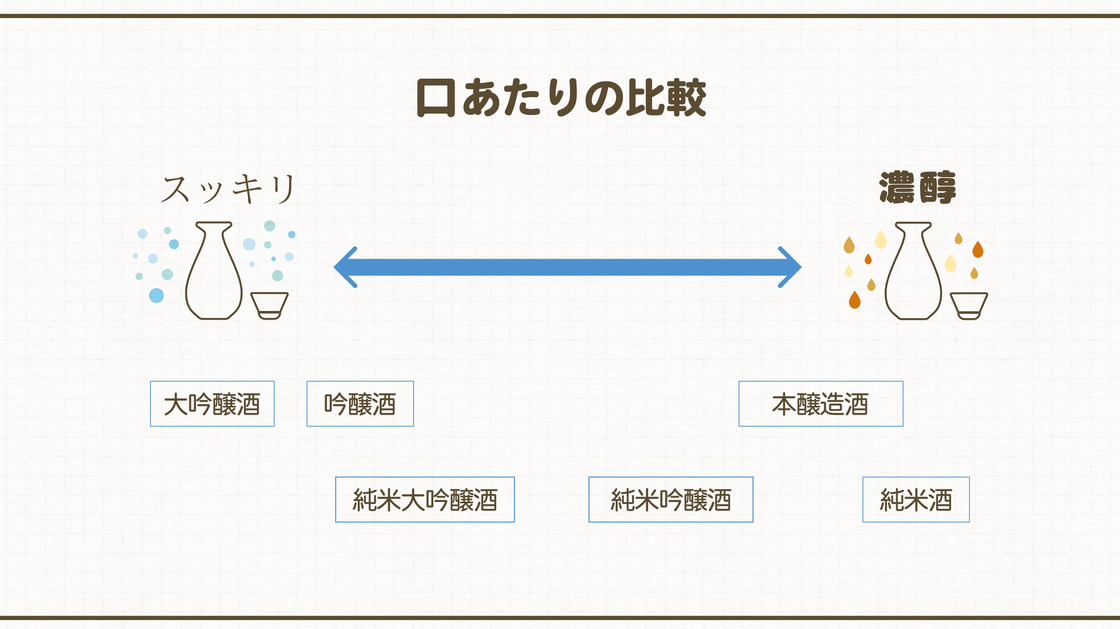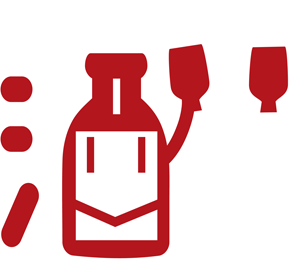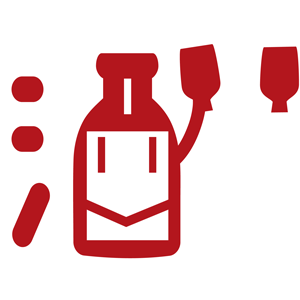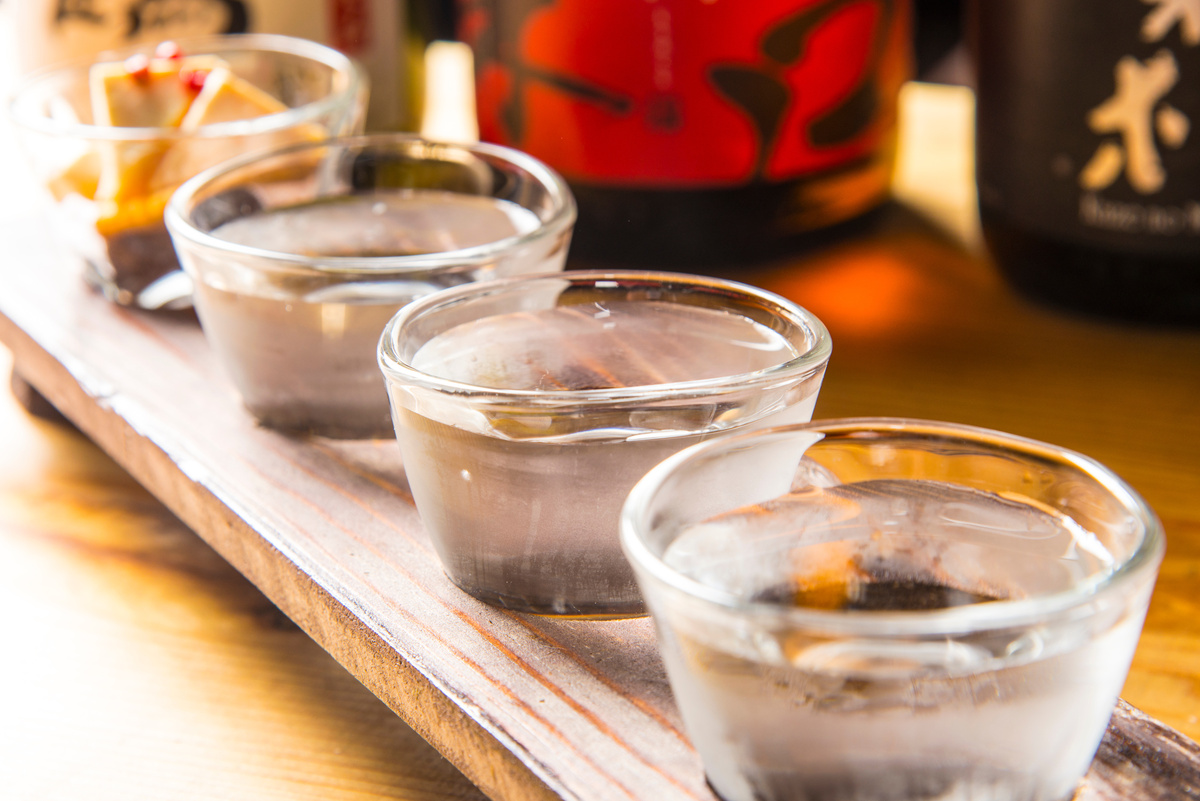10 Sake Recommendations for Beginners! A Sake Taster Writer Who Drinks 2,000 Kinds of Sake a Year Explains the Brands You Can't Go Wrong With if You Choose These!
There are many types and brands of sake, and many people may be at a loss as to what to choose to drink.
First, let's learn the basics of sake and how to make a simple selection. In addition, we will introduce you to a sake taster & sake connoisseur who has covered more than 200 breweries, drinks more than 2000 kinds of sake a year, worked as the proprietress of a sake bar, and finally started working at a sake brewery.... Tomomi Seki, a sake taster and writer who knows sake inside and out, has compiled a list of 10 sake brands that you can't go wrong with! She is a sake taster and writer who knows every detail of Japanese sake.
What is sake?
Sake is made from rice, rice koji, and water, fermented, and filtered is called “sake”. The alcohol content is set at less than 22 degrees Celsius, but since the yeast in the liquid is eliminated by the alcohol produced from the water, the alcohol content generally rises only to about 22 degrees Celsius. Sake (Nihonshu, Japanese Sake) is made from rice grown in Japan and brewed in Japan. The aroma depends on the yeast used, and the taste depends on the method of fermentation (brewing) and the degree of rice polishing.
Focus on the types of sake! About Special Designation Sake.
Sake is classified under the Sake Tax Law into two categories: "Ordinary Sake" and "Tokutei Meisho-Shu (Special Designation Sake)". "Ordinary sake" contains rice and rice koji as well as other items specified by government ordinance (such as acidifiers and sugars) or has a rice polishing ratio of 71% or higher and brewer's alcohol added. Other than these, "Tokutei Meisho-Shu (Special Designation Sake)" is further classified into six major categories.
-

Rice Polishing Ratio and Types of Sake
*rice polishing ratio = Percentage of rice remaining after polishing when brown rice is set at 100%. Rice polishing ratio 70%" means that 30% of the rice has been polished to bran and 70% remains.
How can beginners choose sake that is easy to drink?
We recommend starting with sake made by polishing a lot of rice, such as Junmai Ginjo, Junmai Daiginjo, Ginjo, and Daiginjo. Familiarize yourself with those that are clean, light, and clear, and gradually try different types of sake.
-

Comparison of Sake Types and Mouthfeel
10 Sake recommendations for beginners
Even within a single sake brewery, there are usually more than 30 different items produced, including products made with different rice ingredients, different yeasts, and different concepts such as production methods. It is difficult to identify them by looking at the back label. So, here is a list of sake breweries that you can't go wrong with any of these brands. Here are some sake breweries that you can't go wrong with.
(1) Kaze no Mori (風の森) (Yucho Shuzo /油長酒造, Nara Prefecture)
This well-balanced sake is characterized by a silky texture, a taste reminiscent of rich fruits such as pears and white peaches, and a refreshing gaseous sensation, thanks to its hard water, which is rare in Japan. When I served it to beginners at the sake bar where I used to serve as proprietress, everyone was delighted and said, "I think I like sake! " and even seasoned sake lovers approve of it. Even seasoned sake lovers approve of this sake.
(2) Mimurosugi (みむろ杉) (Imanishi Shuzo /今西酒造, Nara Prefecture)
There are two types of sake breweries: "Mimurosugi" in kanji (Chinese characters) and "Mimurosugi Roman Series" in hiragana, but we recommend "Mimurosugi" in hiragana for beginners. I have never met anyone who dislikes "Mimurosugi” before. The moderate sweetness and lightness of this sake make it as comfortable to drink as a soft drink.
(3) Kameizumi "CEL-24" (亀泉"CEL-24") (Kame-izumi Shuzo /亀泉酒造, Kochi Prefecture)
Sake made with a yeast called "CEL-24 " developed in Kochi Prefecture, where the sake brewery is located, is a highly recommended sake that has been overwhelmingly popular among beginners for many years. It has a gorgeous pineapple-like aroma reminiscent of the tropics and a juice-like sweetness. It may overturn your image of sake.
(4) Ichinokura "Himezen" and "Suzune" (一ノ蔵「ひめぜん」「すず音」) (Ichinokura / 一ノ蔵, Miyagi Prefecture)
We recommend "Himezen, " a super-sweet sake created in 1988, ahead of its time, and "Suzune," a sparkling sake. The alcohol content is 8%, about half that of ordinary sake. Garnish with herbs or make it into a cocktail...enjoy it freely.
(5) Kudokijozu (くどき上手) (Kame-no-i Shuzo /亀の井酒造, Yamagata Prefecture)
The average rice polishing ratio is as high as 50%, and most of the brewery's sake is made from rice polished to Ginjo standards. The "Kyokai No. 10 yeast (きょうかい10号酵母」)" used produces a refreshing fruity aroma reminiscent of pears and pineapples. Even a sake labeled "dry" can be drunk by beginners without any resistance.
(6) Jikon (而今) (Kiyasho Shuzo /木屋正酒造, Mie Prefecture)
Since its appearance in the 2000s, Jikon has gained a reputation for its flavor among sake lovers and is now a popular brand that is hard to beat. The refreshing aroma combined with layers of delicate umami leaves a happy aftertaste on the palate.
(7) Toyo Bijin (東洋美人) (Sumikawa Shuzo /澄川酒造, Yamaguchi Prefecture)
Toyo Bijin is characterized by its fruity aroma and soft, melt-in-your-mouth texture that is reminiscent of eating Wasanbon (fine-grained Japanese sugar). The moderate acidity and umami flavor lasts, reminding one of a white wine, which is hard to believe that it is made from rice. Once you drink it, you will never forget this well-balanced sake.
(8) Sharaku (冩楽) (Miya-izumi Meijo /宮泉銘醸, Fukushima Prefecture)
Sharaku is one of the most famous premium sake brands. They use a variety of rice to make their sake, but every time you drink it, you can be sure that the rice is brought out to its fullest potential! It has both a fruity and full flavor, juicy yet crisp, and has an addictive taste.
(9) Dassai Junmai Danginjo Sparkling 45 (獺祭 純米大吟醸 スパークリング45) (Asahi Shuzo /旭酒造, Yamaguchi Prefecture)
Otters tend to be associated with catchy aspects such as the lack of a toji (a chief sake maker) and mechanization, but Otters is a leading brewery in the sake industry that has accumulated a high level of technology to ensure the stable distribution of its sake both domestically and internationally. The price is relatively affordable, and the sparkling sake, which is available in 180ml sizes that can be consumed by one person, is particularly recommended.
(10) Gekkeikan "Kagetu" (月桂冠「果月」) (Gekkeikan /月桂冠 , Kyoto Prefecture)
This sake smells like freshly picked fruit. I was very surprised when I first tasted it and recommended it to everyone. With the development and research capabilities of a major company, we use our own yeast to express the aroma and sweet, delicious flavor of the fruit itself, which is not a flavoring. There are three varieties: peach, grape, and melon.
How to buy and what to look out for when purchasing?
There are numerous sake that we would like to recommend, but we have introduced some of the best sake for beginners. You never want to make a mistake with your first sake. All sake listed here are excellent products that will satisfy both beginners and seasoned drinkers.
Be careful when buying. Sometimes you will see sake sold online at a premium price, but in some cases the sake has been improperly stored and the flavor has been damaged. Regular sake can be purchased for around 1,500 to 2,000 yen, and high-end Junmai Daiginjo and Daiginjo sake can be purchased for 5,000 to 15,000 yen in many cases. We recommend that you purchase sake at an authorized store or through an online store. Specialty stores select and deal with the best sake and sake breweries from among the more than 1,000 sake breweries in Japan. If you enjoy the sake, you can try another sake recommended by the same store you trust. Feel free to experiment and find the sake that best suits your tastes!
関連記事



